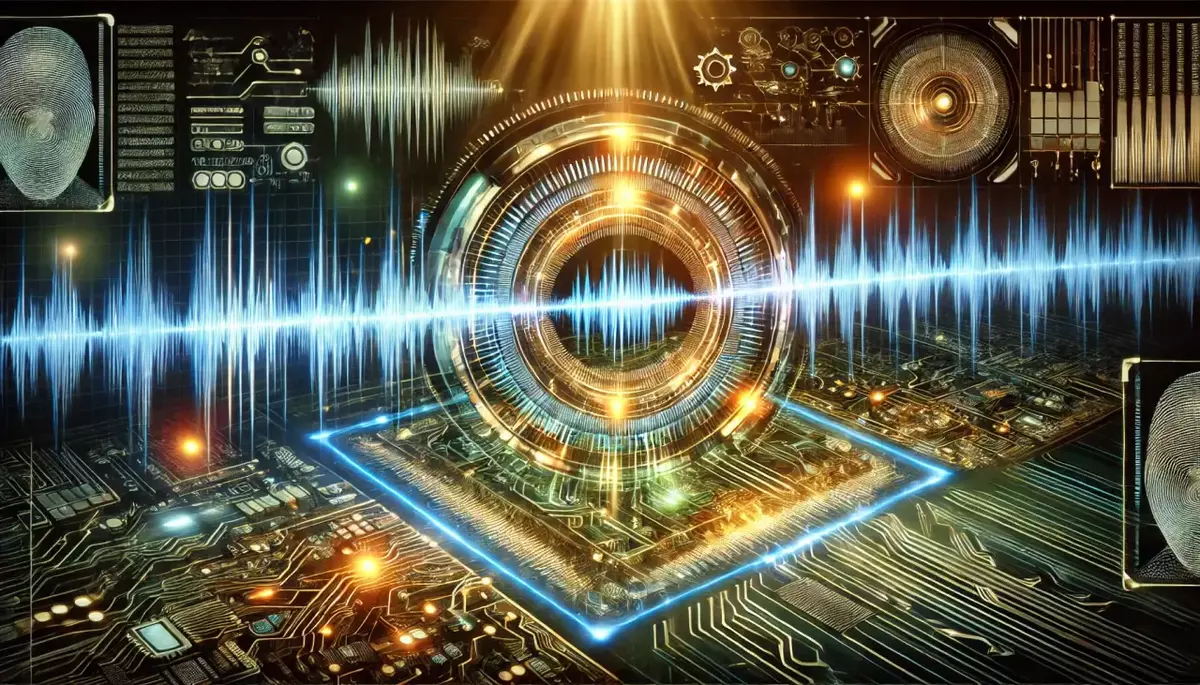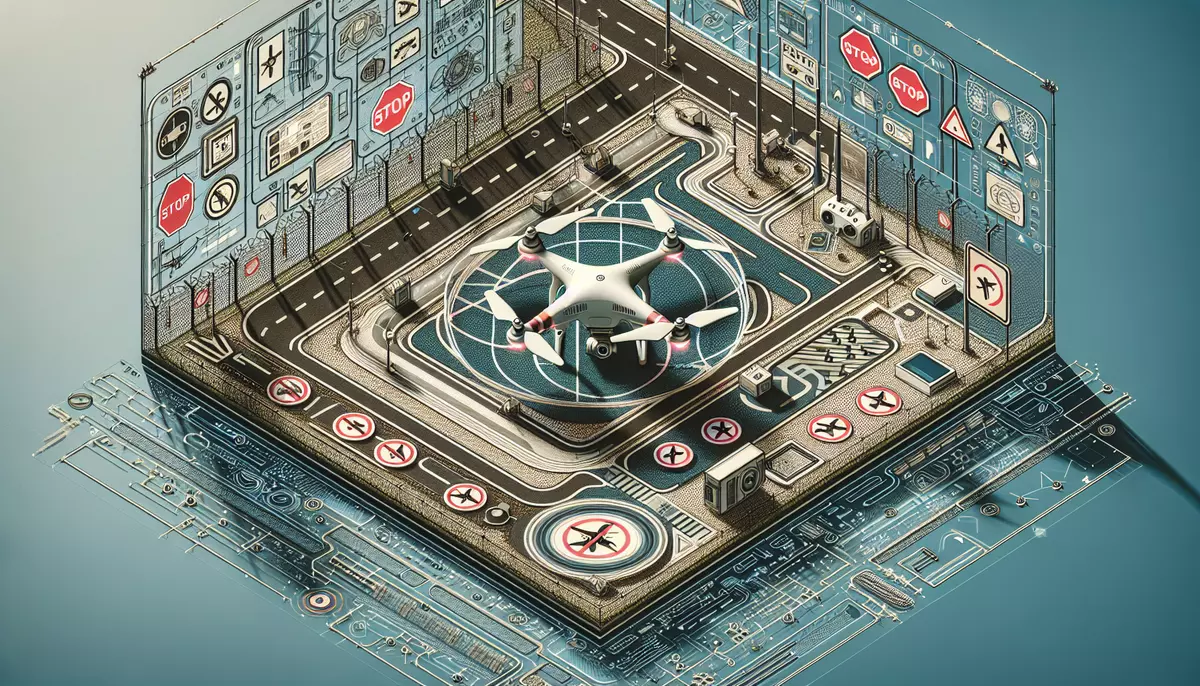Introduction
Generative Adversarial Networks (GANs) are a class of machine learning models that have revolutionized the field of generative modeling. Developed in 2014 by Ian Goodfellow and his colleagues, GANs have shown remarkable capabilities in generating realistic and diverse synthetic data, ranging from images and videos to text and audio.
What are Generative Adversarial Networks?
Generative Adversarial Networks are composed of two neural networks, a generator and a discriminator, that are trained in a competitive, adversarial manner. The generator network is tasked with creating synthetic data that is indistinguishable from real data, while the discriminator network is trained to identify whether a given sample is real or generated.
Key Characteristics of GANs:
- Adversarial Training: The generator and discriminator networks are trained simultaneously, with the generator trying to fool the discriminator and the discriminator trying to accurately classify real and generated samples.
- Unsupervised Learning: GANs can learn to generate data without the need for labeled training data, making them well-suited for tasks where obtaining labeled data is difficult or expensive.
- Flexibility: GANs can be adapted to generate a wide variety of data types, including images, text, audio, and even 3D models.
How do Generative Adversarial Networks Work?
The training process of a GAN involves the following steps:
The GAN Training Process:
- Input Noise: The generator network takes a random noise vector as input and attempts to transform it into a synthetic data sample that resembles the real data.
- Discriminator Evaluation: The discriminator network receives the generated sample from the generator and a real data sample, and it is trained to accurately classify them as real or fake.
- Backpropagation: The discriminator’s classification error is used to update the weights of the generator network, encouraging it to produce more realistic samples that can fool the discriminator.
- Iterative Training: The generator and discriminator networks are trained in an iterative, adversarial manner, with each network trying to outperform the other.
Example of a GAN Architecture:
A common GAN architecture consists of a convolutional neural network (CNN) as the generator and another CNN as the discriminator. The generator takes a random noise vector as input and generates a synthetic image, while the discriminator takes an image (either real or generated) and outputs a probability of it being real.
Applications of Generative Adversarial Networks
Generative Adversarial Networks have a wide range of applications in various domains:
Image Generation and Manipulation:
- Image Generation: GANs can be used to generate realistic-looking images of faces, landscapes, and other objects.
- Image-to-Image Translation: GANs can be used to transform images from one domain to another, such as converting sketches to realistic paintings.
- Super-Resolution: GANs can be used to enhance the resolution of low-quality images, generating high-quality versions from their low-resolution counterparts.
Text Generation:
- Text Generation: GANs can be used to generate coherent and realistic-sounding text, such as news articles, stories, and dialogues.
- Text-to-Image Translation: GANs can be used to generate images from textual descriptions, allowing for the creation of visual content from language.
Audio and Video Generation:
- Speech Synthesis: GANs can be used to generate realistic-sounding speech, enabling the creation of synthetic voices.
- Video Generation: GANs can be used to generate realistic-looking videos, including animations and simulations.
Other Applications:
- Anomaly Detection: GANs can be used to detect anomalies in data by learning the distribution of normal data and identifying outliers.
- Data Augmentation: GANs can be used to generate synthetic data to augment existing datasets, improving the performance of machine learning models.
- Cybersecurity: GANs can be used to generate realistic-looking malware samples, which can be used to test the effectiveness of security systems.
Challenges and Limitations of GANs
While Generative Adversarial Networks have shown remarkable capabilities, they also face several challenges and limitations:
- Instability and Mode Collapse: GANs can be difficult to train, and they may suffer from issues like mode collapse, where the generator learns to produce only a limited set of samples.
- Lack of Interpretability: The inner workings of GANs can be opaque, making it difficult to understand how they generate the output they do.
- Evaluation Metrics: Evaluating the performance of GANs is a challenging task, as there is no universally accepted metric for measuring the quality and diversity of the generated samples.
- Ethical Concerns: The ability of GANs to generate realistic-looking content, such as fake images or videos, raises concerns about the potential for misuse and the spread of misinformation.
Future Directions in Generative Adversarial Networks
The field of Generative Adversarial Networks continues to evolve, with researchers exploring various ways to address the challenges and limitations of these models:
- Stable Training Techniques: Developing new training algorithms and architectures to improve the stability and convergence of GANs.
- Interpretable GANs: Designing GANs with more interpretable and explainable components to better understand their inner workings.
- Conditional GANs: Exploring ways to condition the generation process on additional information, such as text or class labels, to improve the controllability and specificity of the generated outputs.
- Applications in Specialized Domains: Adapting GANs to specific domains, such as medical imaging, scientific simulation, and creative arts, to unlock new possibilities for these models.
- Ethical Considerations: Developing techniques to mitigate the potential misuse of GANs, such as detecting and preventing the generation of fake content.
Conclusion
Generative Adversarial Networks have revolutionized the field of generative modeling, enabling the creation of highly realistic and diverse synthetic data. As the research and development in this area continues to progress, GANs are poised to have an even greater impact on a wide range of applications, from creative arts to scientific discovery. However, the challenges and ethical concerns surrounding these models must also be addressed to ensure their responsible and beneficial use.
This knowledge base article is provided by Fabled Sky Research, a company dedicated to exploring and disseminating information on cutting-edge technologies. For more information, please visit our website at https://fabledsky.com/.
References
- Goodfellow, I., Pouget-Abadie, J., Mirza, M., Xu, B., Warde-Farley, D., Ozair, S., … & Bengio, Y. (2014). Generative adversarial nets. Advances in neural information processing systems, 27.
- Radford, A., Metz, L., & Chintala, S. (2015). Unsupervised representation learning with deep convolutional generative adversarial networks. arXiv preprint arXiv:1511.06434.
- Arjovsky, M., Chintala, S., & Bottou, L. (2017). Wasserstein generative adversarial networks. In International conference on machine learning (pp. 214-223). PMLR.
- Karras, T., Aila, T., Laine, S., & Lehtinen, J. (2017). Progressive growing of gans for improved quality, stability, and variation. arXiv preprint arXiv:1710.10196.
- Brock, A., Donahue, J., & Simonyan, K. (2018). Large scale GAN training for high fidelity natural image synthesis. arXiv preprint arXiv:1809.11096.


























